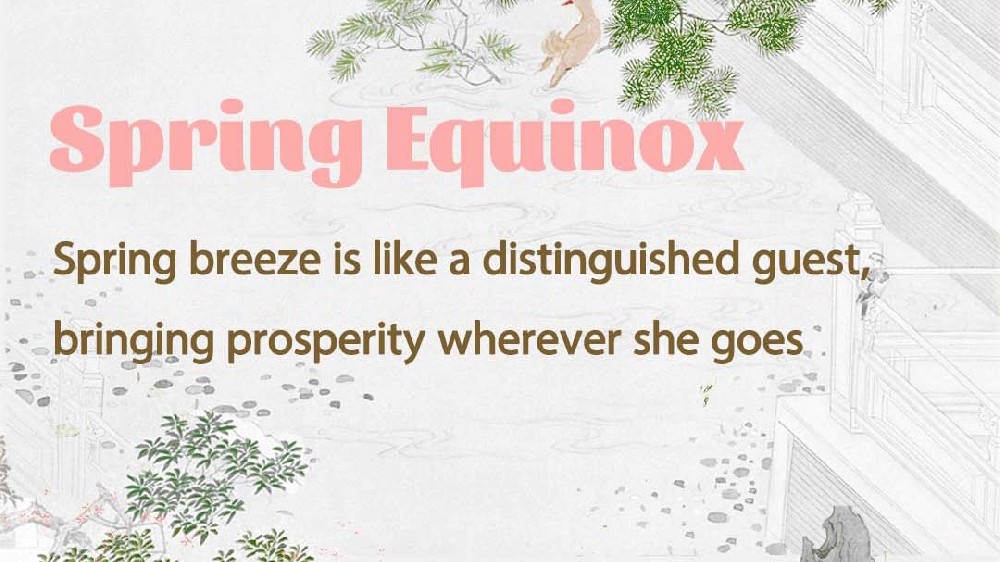Heritage Grid | Luoyang Unearthed: Where China’s Golden Age Took Root
Where Stone Remembers Dynasties: The Layered Landscape
Nestled along the Luo River’s northern bank (yang, “sunny side”) — a tributary of the Yellow River, China’s cradle of civilization — the ruins sprawl across 47 square kilometers of modern Luoyang. Unlike the monolithic grandeur of Xi’an’s walls, Sui-Tang Luoyang reveals itself in fragments:
The Triple-walled Citadel: An outer city embracing imperial and palace enclaves, its rammed-earth foundations still visible beneath glass floors in museums.
Yingtianmen Gate: Rebuilt in 2018 as a 137-meter-long “concave” phoenix-shaped tower, this was the Sui-Tang dynasty’s “First Gate” — where state ceremonies echoed like Rome’s Capitoline Hill. Its original name, Zetianmen (after Wu Zetian), later inspired Kyoto’s Entenmon Gate via Japanese envoys.
Dingding Gate: Unearthed in 2009, this Silk Road portal witnessed camel caravans bearing Persian glass and Byzantine gold.
Archaeologists call it a “time capsule of urban planning”: a chessboard grid of 103 lanes (fang), three colossal markets, and the Hanjia Granary, where carbonized grain from 259 cellars testifies to a city feeding over a million souls.

Crucible of Civilization: Why Luoyang Rewrote History
Founded in 605 CE by Emperor Yang of Sui, Luoyang wasn’t just a capital; it was an ideological statement. Rejecting the inward-looking Chang’an (Xi’an), it faced east, toward the Grand Canal and the Silk Road.
Here, history unfolded in bold strokes:
Firstly, it is called Wu Zetian’s Theater of Power. In 690 CE, China’s sole female emperor, Wu Zetian, renamed the city as Shendu (“Divine Capital”), commissioning the Longmen Grottoes’ Vairocana Buddha, carved in her likeness, radiating “vigor and grace” for 17 meters. All these reflect her political heritage as well. Her reign broke feudal norms by prioritizing competence over birthright. She leveraged these reforms to consolidate power while fostering social mobility—a legacy still studied for its transformative impact on Chinese bureaucracy.
Secondly, Luoyang is dubbed as Silk Road Synthesis. At White Horse Temple (China’s first Buddhist sanctuary, 68 CE), Sanskrit sutras met Daoist texts. It also witnesses the proliferation of Buddhism in East Asia. Persian merchants traded in South Market alleys, while Sogdian dancers swayed in palace banquets.
Thirdly, in Luoyang lies the Grand Canal’s Lifeline. Luoyang linked the canal’s 2,000-km network, funneling rice and silk from Hangzhou to the arid north. As UNESCO notes, this was “a hub of cultural hybridization” — where Indian spirituality, Central Asian commerce, and Chinese statecraft fused.
The Weight of Uniqueness: Luoyang in a Global Frame against China’s Ancient Capitals
Site | Era | Distinction vs. Luoyang |
Xi’an | Qin-Han | Terracotta Army’s funerary art; introverted layout |
Beijing | Ming-Qing | Forbidden City’s intact wooden splendor |
Luoyang | Sui-Tang | Fluid global exchange; water-commerce symbiosis |
Luoyang’s genius lay in water-defined urbanism: the Luo River and Grand Canal enabled a “cosmopolitan fluidity” absent in walled fortresses like Xi’an. While Chang’an echoed Han isolationism, Luoyang thrived as China’s first outward-facing capital. Across East Asia, Kyoto’s Yingtianmen: Japan’s Heian-kyo (794 CE) replicated Luoyang’s gate design, honoring diplomatic ties. Gyeongju (Silla Korea): Borrowed Tang pagodas, yet lacked Luoyang’s mercantile scale. It made no bones about that Luoyang was the blueprint for East Asia’s capitals — a “masterplan exported with Buddhist sutras”.
Whispers in the Rubble: Why Luoyang Lives On
The Sui-Tang city fell to the Jin Dynasty in 1128 CE. But its legacy pulses in Luoyang’s modern resurrection:
Empress Wu’s spring flower festivals birthed Luoyang’s annual Peony Show — a living heirloom. Only the peony truly embodies the national beauty; when it blooms, the imperial capital is captivated. Nowadays, thousands of millions of visitors are attracted to Liu Yuxi's recommendation.

The “Peace Sign” Buddha: A Longmen Grottoes statue — its broken thumb accidentally forming a ✌️ — draws Gen-Z pilgrims to snap a picture at the trendy place.
To walk Luoyang today is to tread a palimpsest. At Yingtianmen’s night-lit facade, laser shows project Tang dancers onto watchtowers. In the Old Town’s tofu-soup stalls, steam rises where Silk Road spices once perfumed the air. And beneath it all, the Sui-Tang city’s grid endures — a compass orienting China’s past to its future.
Related articles
-
 Zhongyuan: The main root and vein of Chinese civilization
Zhongyuan: The main root and vein of Chinese civilizationMore
-
 Heritage Grid | The Silent Cities of Mangshan: China’s Valley of Kings
Heritage Grid | The Silent Cities of Mangshan: China’s Valley of KingsMore
-
 Heritage Grid | The Sacred Peaks: How these Five Mountains Forged Chinese's Identity
Heritage Grid | The Sacred Peaks: How these Five Mountains Forged Chinese's IdentityMore
-
 Longmen Grottoes: The Peak of Chinese Stone Carving Art
Longmen Grottoes: The Peak of Chinese Stone Carving ArtMore
-
 Heritage Grid | Yinxu, the Birthplace of Oracle Bone Script—the DNA of Modern Chinese Characters
Heritage Grid | Yinxu, the Birthplace of Oracle Bone Script—the DNA of Modern Chinese CharactersMore
-
 Yin Shang Culture: Yinxu, Oracle Bones and Bronze Ware
Yin Shang Culture: Yinxu, Oracle Bones and Bronze WareMore
